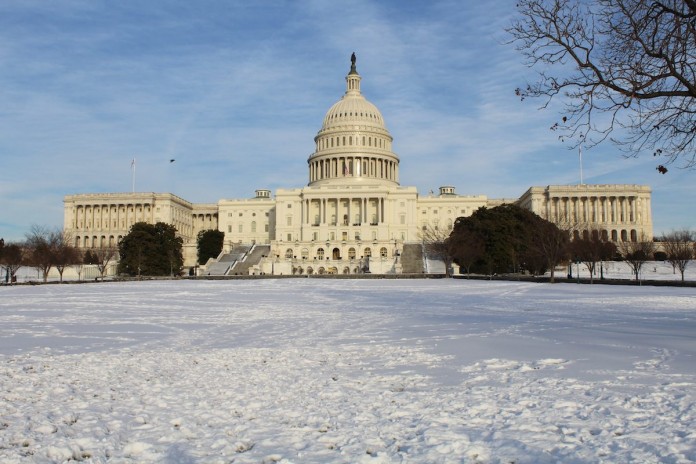SALEM, Ohio — Another round of congressional discontent over the U.S. EPA’s Clean Water Rule, better known as the Waters of the United States — was met with a presidential veto Jan. 19.
A joint resolution of both the House and Senate would have provided congressional disapproval and caused the rule to “have no force or effect.” The resolution, S.J. Res. 22, was approved in the House by a vote of 253-166, and in the Senate by a vote of 53-44.
The Clean Water Rule is an effort by the EPA, and the Army Corps of Engineers, to clarify and define its jurisdiction over certain streams, wetlands and tributaries. But it became a point of contention for farmers and some lawmakers, who feared the rule would be expanded to include roadside ditches, grass waterways on farms, and streams that only flow occasionally.
Speaking out
“Since this rule was initially proposed in 2014, I have heard from farmers, home builders, county and township officials, and state environmental officials that are opposed to this rule,” said U.S. Rep. Bob Gibbs, R-Lakeville, in a released statement.
Gibbs said it would weaken federal-state partnerships, and risk the water quality progress that has already been made.
He also alleges that EPA “broke the law” in promoting it, referring to the EPA’s effort to use social media to encourage the public to comment on the new rule. The Government Accountability Office called that practice “convert propaganda.”
Public involvement
President Obama, in his veto letter, said the rule is a product of extensive public involvement and years of work, calling it “critical to our efforts to protect the nation’s waters and keep them clean.”
Obama said the rule is representative of industry, community stakeholders, and is consistent with decisions of the U.S. Supreme Court.
“As I have noted before, too many of our waters have been left vulnerable,” Obama wrote. “Pollution from upstream sources ends up in the rivers, lakes, reservoirs, and coastal waters near which most Americans live and on which they depend for their drinking water, recreation, and economic development. Clarifying the scope of the Clean Water Act helps to protect these resources and safeguard public health.”
Jurisdictional reach
The EPA disputes claims that the new rule would expand jurisdiction to farmers’ ditches and mud puddles, and insists that “normal” farming activities would not be affected. The website, “www.epa.gov/cleanwaterrule,” lists separate fact boxes of “what the rule does,” and what it “does not do,” in an effort to make it more clear.
But farm groups, including the American Farm Bureau Federation, remain skeptical. The Farm Bureau launched an effort called “Ditch the Rule,” which states the organization’s fears and concerns.
The EPA’s rule became effective Aug. 28, but in October, the U.S. Sixth Circuit Court of Appeals issued a stay in the rule, following legal challenges by Ohio, Michigan and at least a dozen other states.











WOTUS=yet another power grab by POTUS, not yet considered by SCOTUS.
Folks–what have we become? A nation of dunder-heads who cannot express themselves in understandable words?
Real simple: a power mad President wants to own your farm pond and creek.
What could ever be wrong with that? (sarcasm)